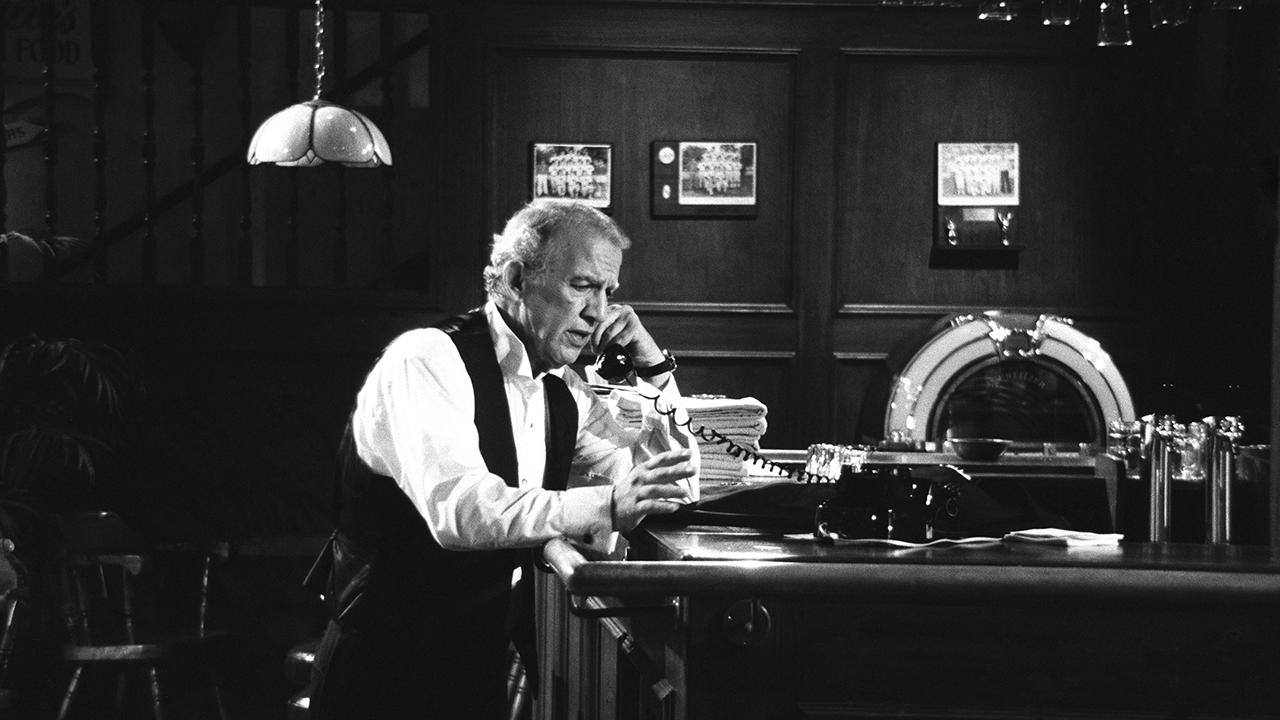
Suraj Sharma as Pi Patel in a scene from "Life of Pi." (Twentieth Century Fox Film Corporati2012)
If you've ever watched a film or TV show, you've probably seen the "No animals were harmed" disclaimer during the credits. The trademark accreditation is awarded by the Washington D.C.-based American Humane Association (AHA) and is generally regarded as an ironclad guarantee that strict animal safety standards were observed in TV and movie production.
Not so, according to an investigation by The Hollywood Reporter, which finds that the AHA has awarded the accreditation to productions on which animals were injured or killed, on the grounds that the injuries happened unintentionally or while the cameras were not rolling.
Among the incidents cited in the investigation:
-An AHA monitor named Gina Johnson wrote an internal e-mail describing an incident during the production of the Oscar-winning film "Life of Pi" in which the tiger used in the film "damn near drowned" during a take. Johnson, who the report claims was also having an intimate relationship with one of the film's production executives, warned her colleague not to mention the incident, writing "I have downplayed the (expletive) out of it."
-During a hiatus in the filming of "The Hobbit: An Unexpected Journey," 27 animals, including sheep and goats, reportedly died at a farm in New Zealand where they were being housed and trained. A trainer on the film tells The Hollywood Reporter that when he raised the issue with the movie's AHA monitor, he was told that the organization had no jurisdiction because the deaths had not occurred during filming. The AHA's disclaimer for the film claimed that it "monitored all of the significant animal action. No animals were harmed during such action."
-In 2005, during the filming of Disney's "Eight Below," an AHA incident report noted that a trainer broke up a fight between three dogs by severely beating the dog in the film's leading role, at one point punching it five times in the diaphragm. The film was awarded the "No animals were harmed" credit.
-During the making of the film "Failure to Launch," a report by the AHA monitor says that a trainer dropped a chipmunk and stepped on it, killing it instantly. The film did not receive the credit, but the AHA says that was because the film wasn't screened for them before release and was not a consequence of the dead chipmunk. The AHA now says the chipmunk fell out of the trainer's pocket.
According to the report, the AHA has added new categories for treatment of animals on productions. Traditionally, the AHA has deemed shows or movies "Oustanding," "Acceptable," or "Unacceptable." However, in recent years, the AHA has designated certain movies as being "Special Circumstances," during the production of which "an unpreventable illness, injury or fatality can occur to an animal." Another category, "Believed Acceptable" is used to classify films whose animal action has not been completely observed.
The AHA denied many of the claims in the Hollywood Reporter article in a press release sent to FOX411.
"Far from allowing abuse or neglect to occur, we have a remarkably high safety record of 99.98 percent on set," the release stated. "Over a span of many years, despite our best efforts, there have occasionally been rare accidents, most of them minor and not intentional. Regrettably, there have even been some deaths, which upset us greatly, but in many of the cases reported, they had nothing to do with the animals' treatment on set, or occurred when the animals were not under our care."
The AHA tells the Hollywood Reporter that it has made changes in response to certain lapses, including firing several animal monitors and replacing them with licensed veterinarians, converting its industry advisory committee into a scientific advisory committee, and instituting a policy requiring third party investigations into serious injuries or deaths on sets.






